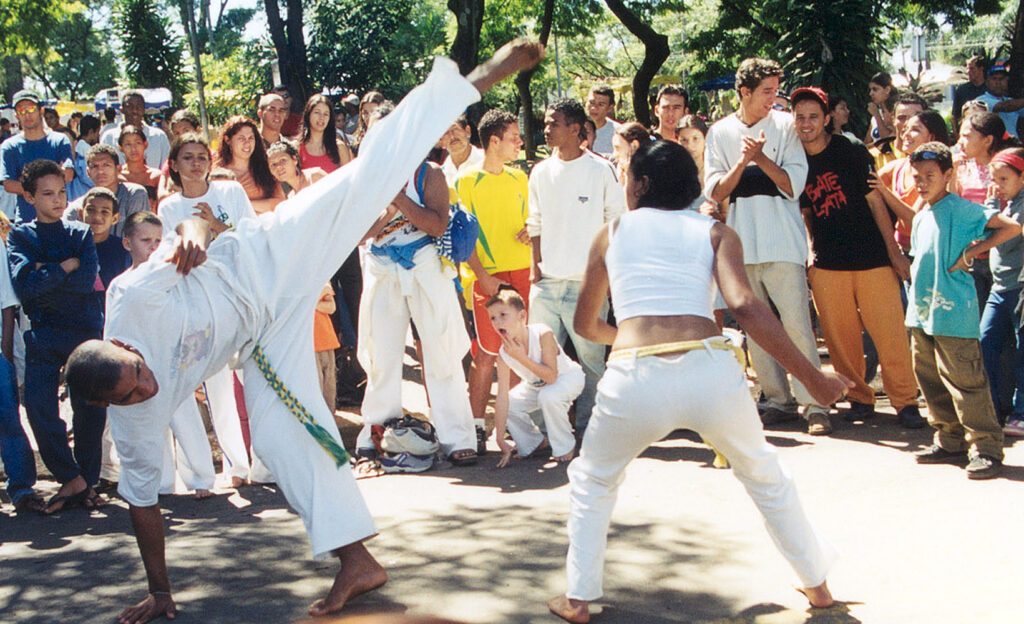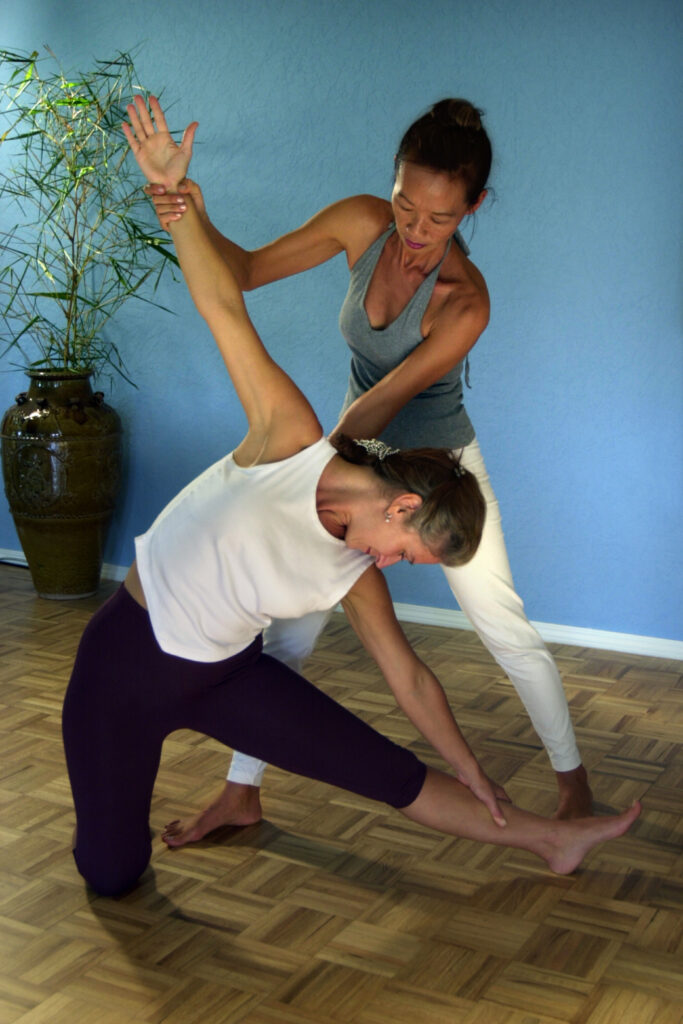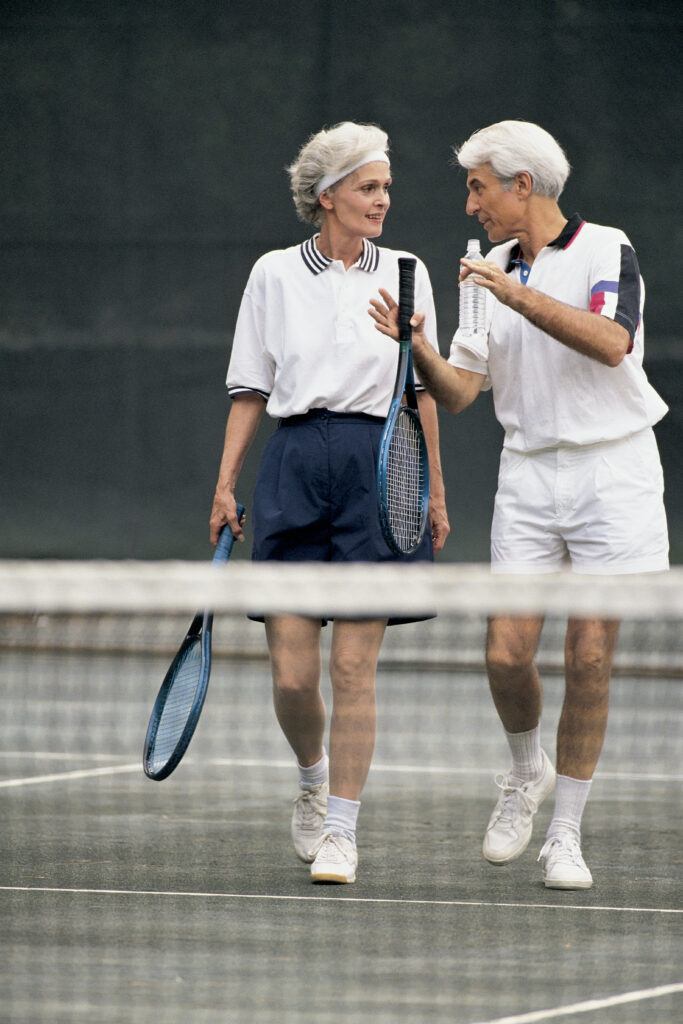Alternative ways to exercise for fitness & mental health

Photo by svilen001 on Freeimages.com
Reading time 9 mins
Exercise for fitness and good mental health
Think outside the box!
This post is about alternative ways to exercise to improve your fitness and mental health. Alternative – because we often overlook non-gym based options. Are you fit or looking to get fitter but bored with what you do? Or exploring the thought of boosting your mental health by beginning a fitness boost? Perhaps you’re currently mentally strong and now want to match your physical health with your stronger mental attitude – I swear one leads to the other, whichever comes first; the physical or psychological side. Maybe you’re researching how to meet people in your area in an organic way. Or maybe you’re someone who is being proactive with your ‘moving on’ stage after a relationship breakup and feel a little of all the above.
Starting a fitness habit you enjoy is the key to success, whatever your desired outcome. This guide will help you to think outside the box for practical ideas to put you on the path to better fitness – and keep you there.
Your mental health matters…
For those who are not yet feeling mentally strong enough to start getting active, at least you’re searching for answers. And that is start. There are countless articles on why exercise is not just good but important for our mental health. You can find a Mental Health Foundation article here. If you are experiencing a low point caused by a recent event such as the end of a relationship or the loss of a loved one, the grieving phase is a lonely place to be. Please read my article on Help to ease the grieving process when you lose a pet. Whether it’s the loss of a person, a pet, a miscarriage or a relationship of any form, I feel for you.
Investing in the reinvention stage
What I want address here is the stage when you’re ready to pick yourself up and rebuild into a newer, better, bionic version. The reinvention stage. Maybe your usual go-to is pampering. Getting a new hairstyle, (see my post on Why Head Shape Matters For Hairstyles As Well As Face Shape), buying new clothes, a makeup update or changing your eating habits to lose or gain weight. But seriously, what is better than feeling physically strong and investing in your long term health? FACT: Feeling good about your body is the best accessory / enhancement out there!

The difference between sport and exercise
The most important thing when overhauling your fitness (thus your body), is finding your thing. If you don’t enjoy it, you won’t keep it up. And what if you don’t know what to do or how to do it? Where do you start? Activities to keep fit can be put into two categories – sport and exercise.
By sport I mean doing something that could be taken to a competitive level. Sport is usually organised and can be reliant on achieving an outcome outside of your fitness (ie winning), such as athletics, pitch sports, racquet sports, martial arts. Alternatively exercise focuses on improving what is happening within your body. By doing a sport, you can combine the two as you will usually have to train, ie do exercises.
The reason why I write about sport and exercise is because often people think getting fit equates to pounding/cycling the streets or being in a gym/class. I did the latter for 25 years – weight training, yoga, LBT classes, spin classes, Pilates, boxercise and many others. I did them but they bored me and I switched disciplines on a regular basis.
It was only when I discovered the sport of rowing, in a boat not indoor, that I found my thing. See my post why you should row where I unapologetically bang on about how great it is! Rowing can be recreational, but as a competitive rower, I also need to do weight training and use a rowing machine (aka erg). The same goes for other sports; you should do training outside of the sport so you can improve and to help avoid injury. You fulfil the exercise part of getting fit within the sport.

However…
There is a caveat to sport; if competing you may push yourself for the goal of winning and this is where injuries can happen. Injuries are the opposite of what you want to achieve if looking to improve yourself. Some sports are easier on the body than others, rugby v rowing – which are high impact v low impact. Make sure to take a look around at what’s available and what appeals to you. Also there are different sports to suit different body types. People who are classed as ‘overweight’ should look at indoor rowing where being heavier is an advantage. (See my post on indoor rowing.)
Do you enjoy exercising in a gym?
So to improve your fitness and physique (and mental health) think about sport options rather than just jogging or gym/classes. But if going to a gym or doing classes are your thing or more convenient – then great. Especially classes where you’ll receive step by step guidance. They can be intimidating when you have no idea what’s going on, but that doesn’t last long. The weight machines in gyms are also an excellent tool when beginning weight training. Less stabilisation is needed compared to free weights so there’s less chance of injury. They also tend to have visual and written instructions on them. If you have a corresponding app, some will save your data such as the weight used and reps completed. Plus your local gym can be a positive social experience, which is just as good for your health as exercising.

How to find a personal trainer
If you’re determined to make a change but don’t know where to start, an effective solution is to hire a PT. Find the right one and you can let them do the legwork. They can discover your thing for you; teach you it; create a bespoke program to follow; and give all the motivation you could possibly want. Plus they can help guide you with your nutrition. Finding the right one is vital, especially if you’re going to commit to a cost effective pre-set number of sessions.
You should choose a PT with a skill set in a variety of disciplines. If you’ve an idea of which sport or exercise would keep you motivated, then find one who specialises in it. Make sure they are aligned with what you want and not what they think is enjoyable. The amount of curvy women I see being made to do star jumps or burpees frustrates me no end.
But… be aware
If you don’t want to be bouncing around or building bigger biceps, then they, the PT, need to accommodate this. I’ve come across PT’s that have trotted off to an online PT school to qualify. They learn how to write an assessment programme that’s a one dimensional dream workout for them (and them alone). They’re told to cover all three planes of movement (sagittal, frontal, transverse) and be balanced in terms of muscles used. They tick those boxes – and hey presto, they’re a qualified PT. But, from my experience, they won’t have learnt much about exercise, they only tend to know the exercises they like to do themselves.
My personal opinion is this – if your PT doesn’t have years of exercise experience, it helps to be gender specific in your choice. This is because the biomechanics of a female are different to a male. For example, some exercises, like a back squat, should be done differently to allow for the individual biomechanics of the genders. A PT, even if they are inexperienced, who does their own weight training, will understand how their body works. So choose the same sex so they can at least have an understanding of how your body will work. Although it’s best to find a PT who has trained in a variety of disciplines and built up their repertoire of exercise. This will mean they can make suggestions to pinpoint a client’s needs and desires if the client isn’t sure what they would enjoy doing.
And this leads to another point – I believe your PT should be doing some form of exercise. They don’t have to be a lean machine but someone who looks like they need a PT themselves isn’t a great advert. Having said that, a bad PT is a bad PT, whatever they look like. I just don’t think a great PT will be unfit or unhealthy because it doesn’t exactly scream credibility does it? (An exception is that they once trained to a high level as an athlete but no longer exercise.)

Keep trying until you find your fitness thing
Keep your mind open to alternatives to running in the street, training in a gym or going to a class if you’re looking to kickstart your fitness drive. Alternatives that will make you want to spend a couple of hours a week training. If one doesn’t work for you, try another (there’s a link below to help). The mental health benefits of being active are generally acknowledged; the physical benefits speak for themselves; you will make new friends; and the confidence boost will last far longer than a blow dry. That self-esteem boost you get from knowing you look in better shape than you have done for a while, that stays with you from morning to night.
This is a great site here called Sport and Recreation with details of national governing bodies of the many different types of club-level sport in the UK.
Here’s a link to the NHS website on how much exercise is recommended each week
© Ijustwantmybodyback.com